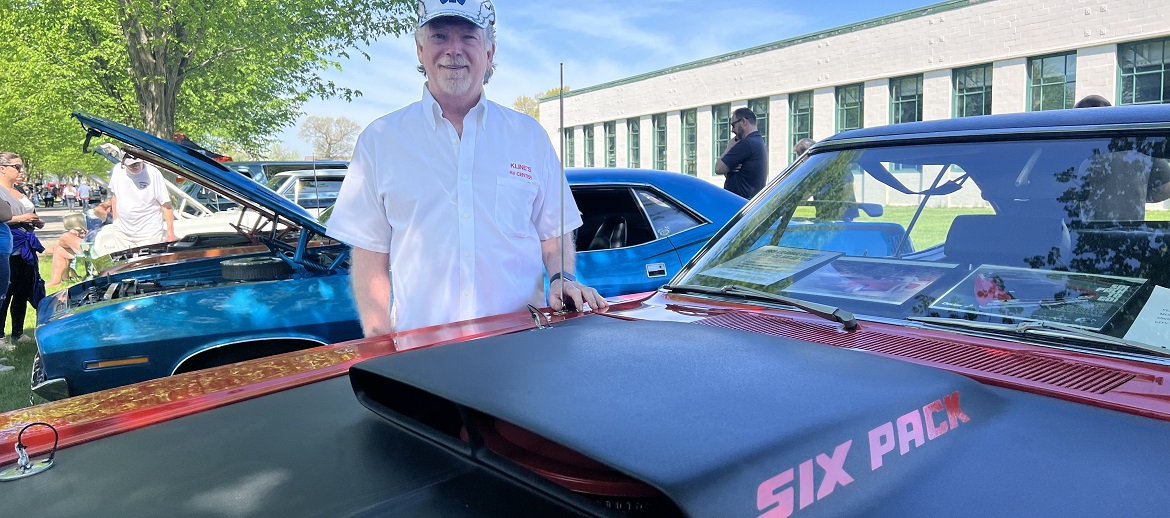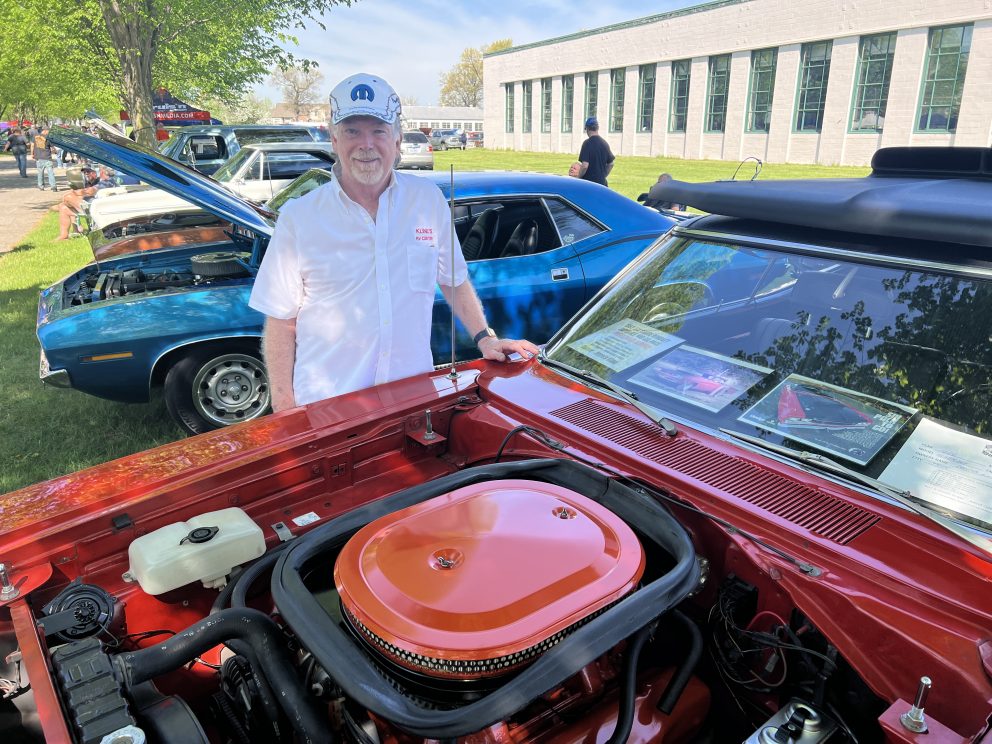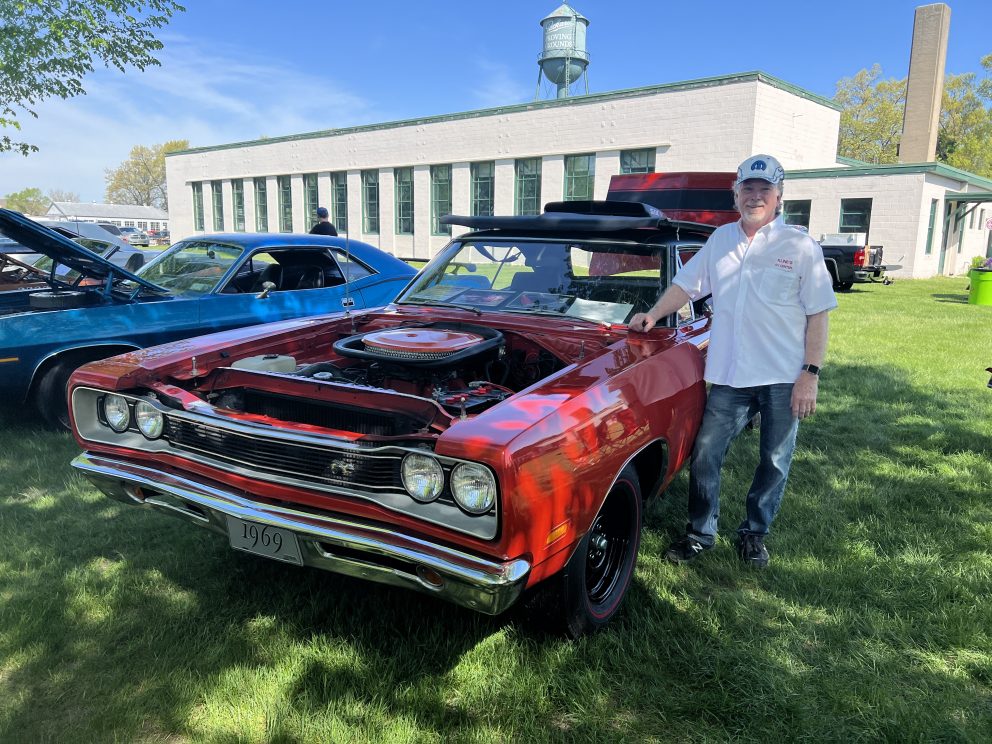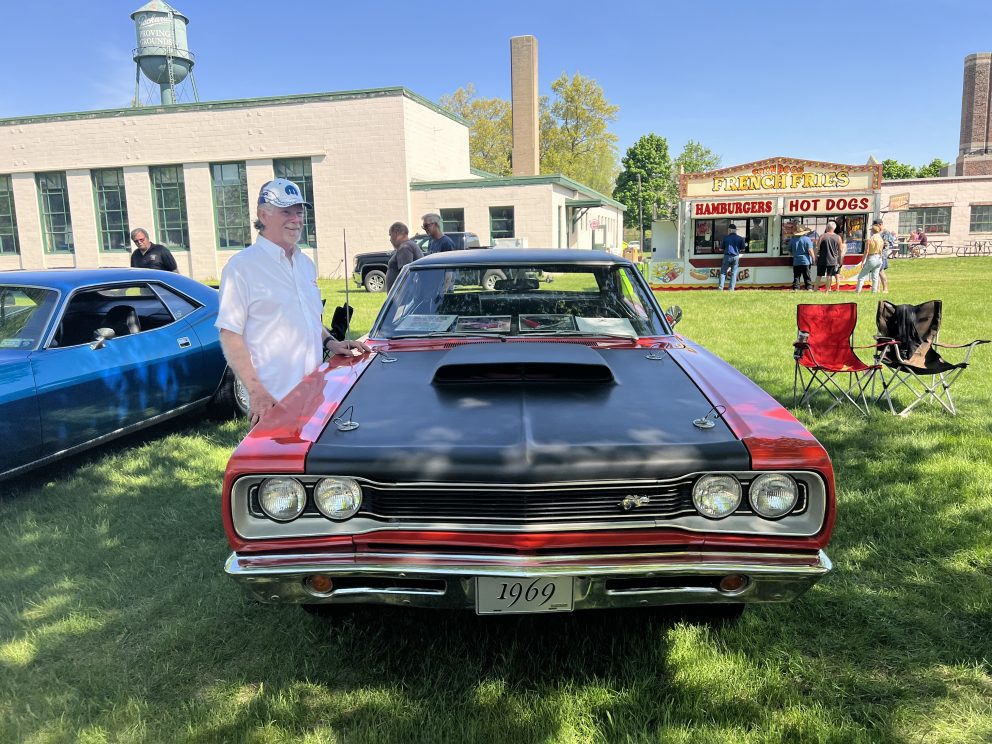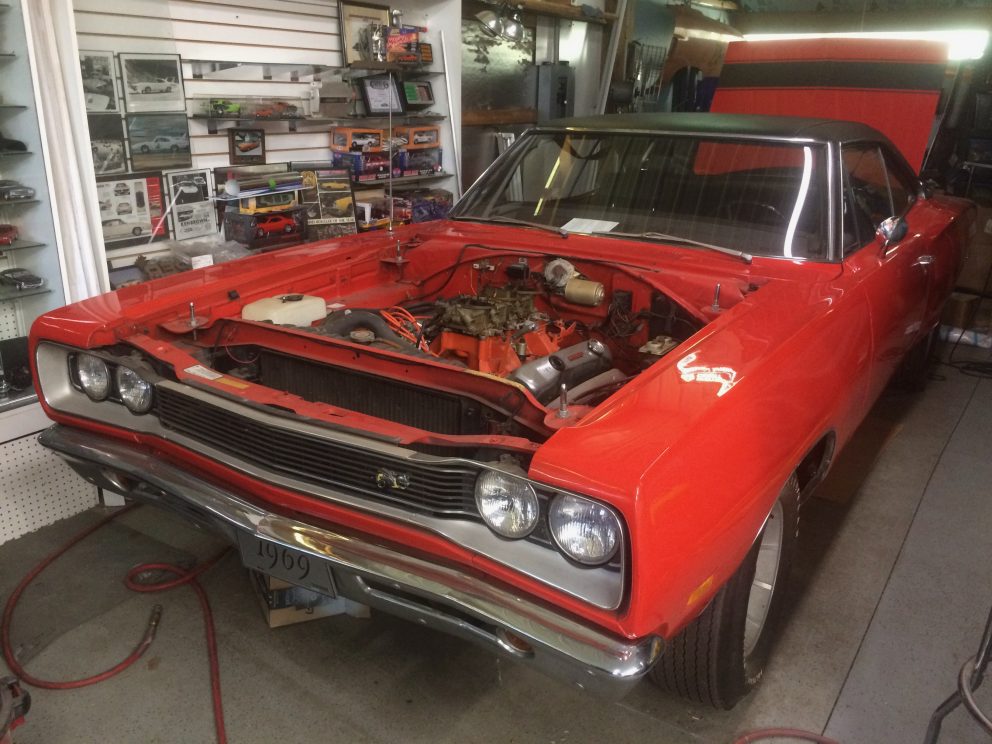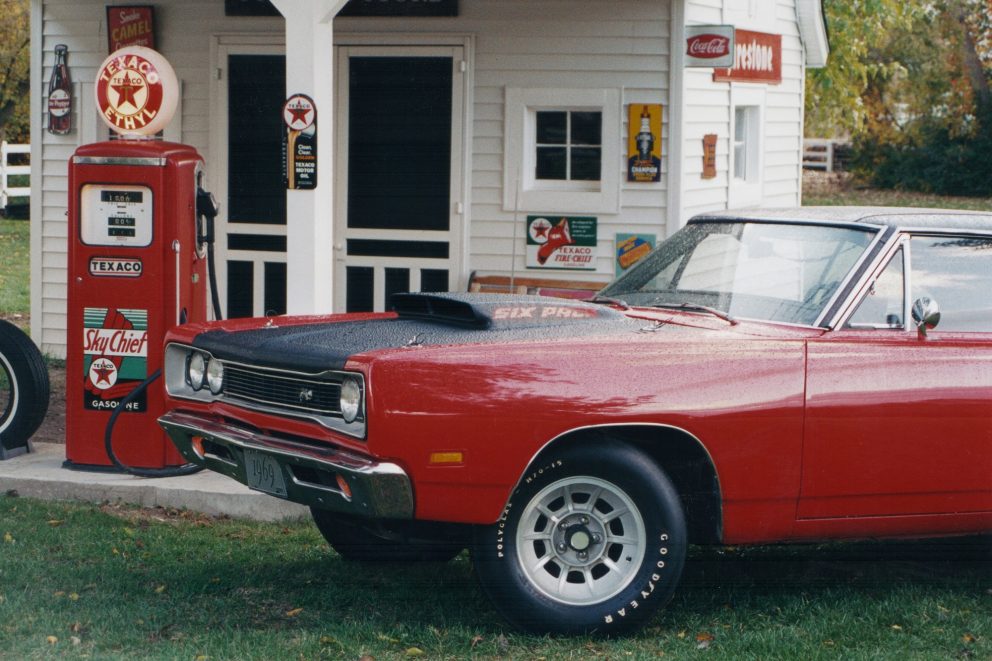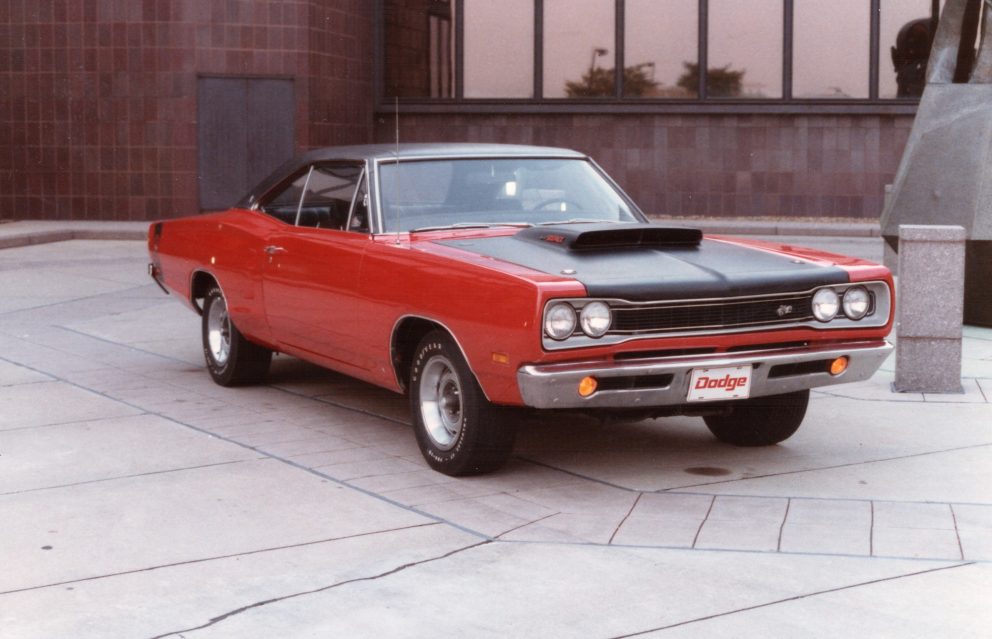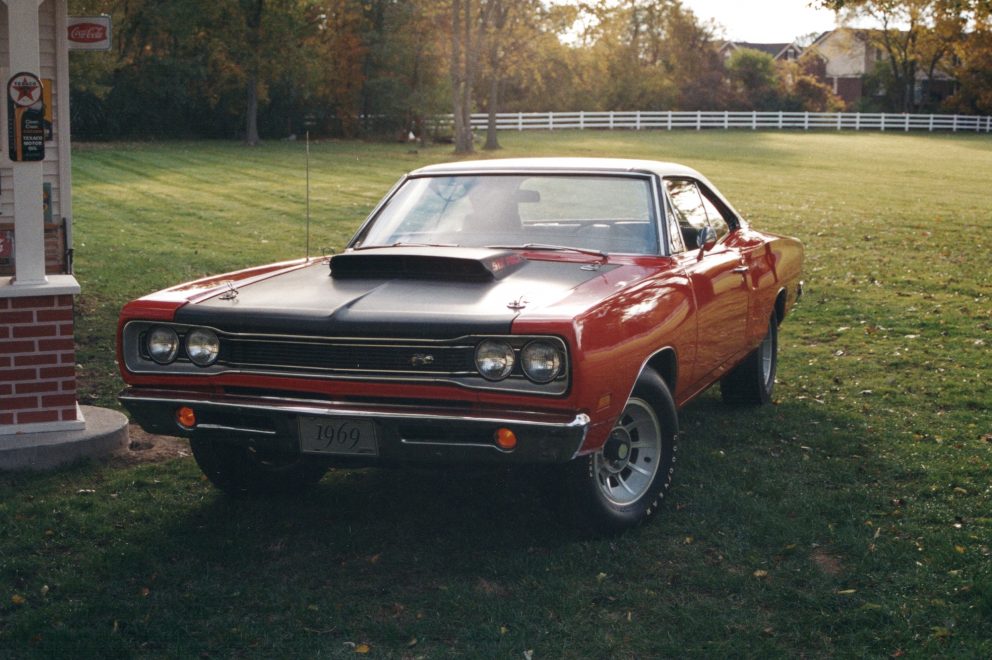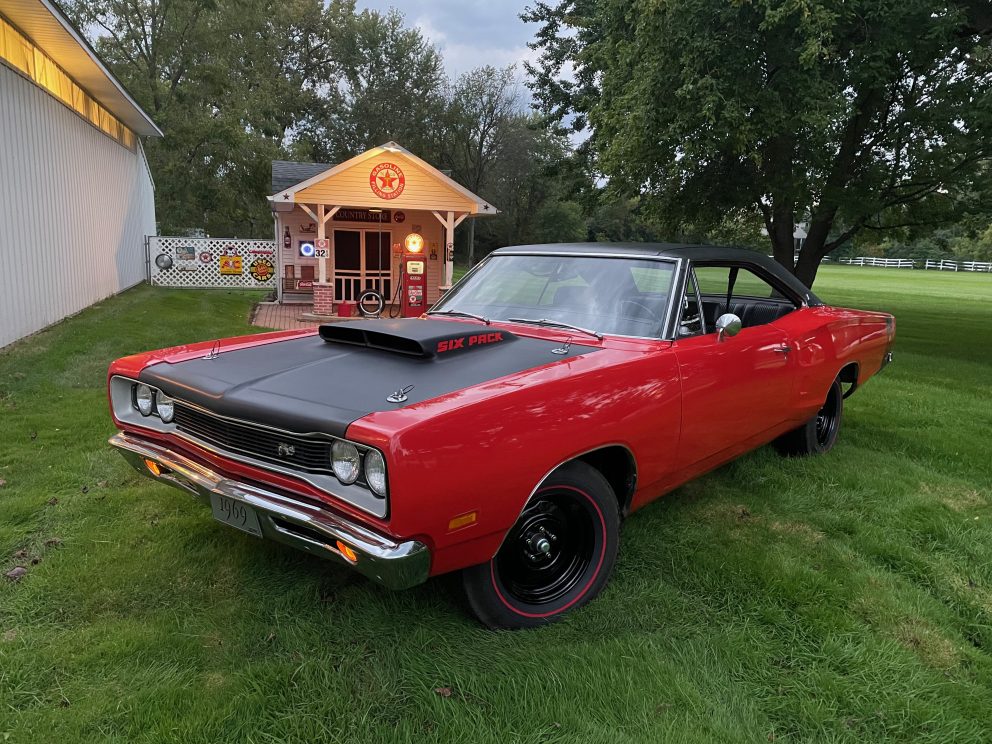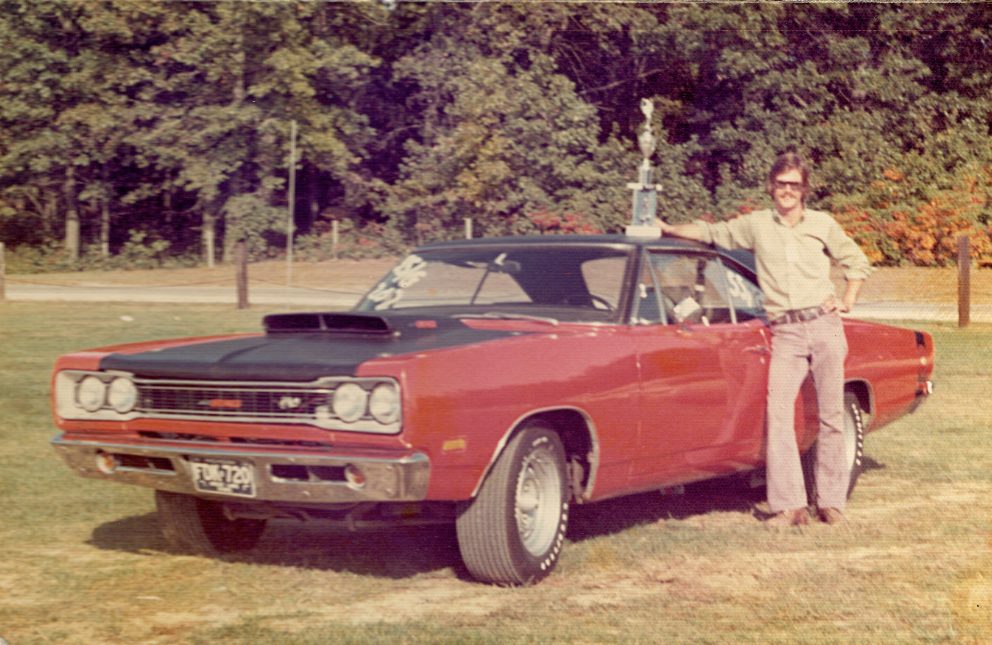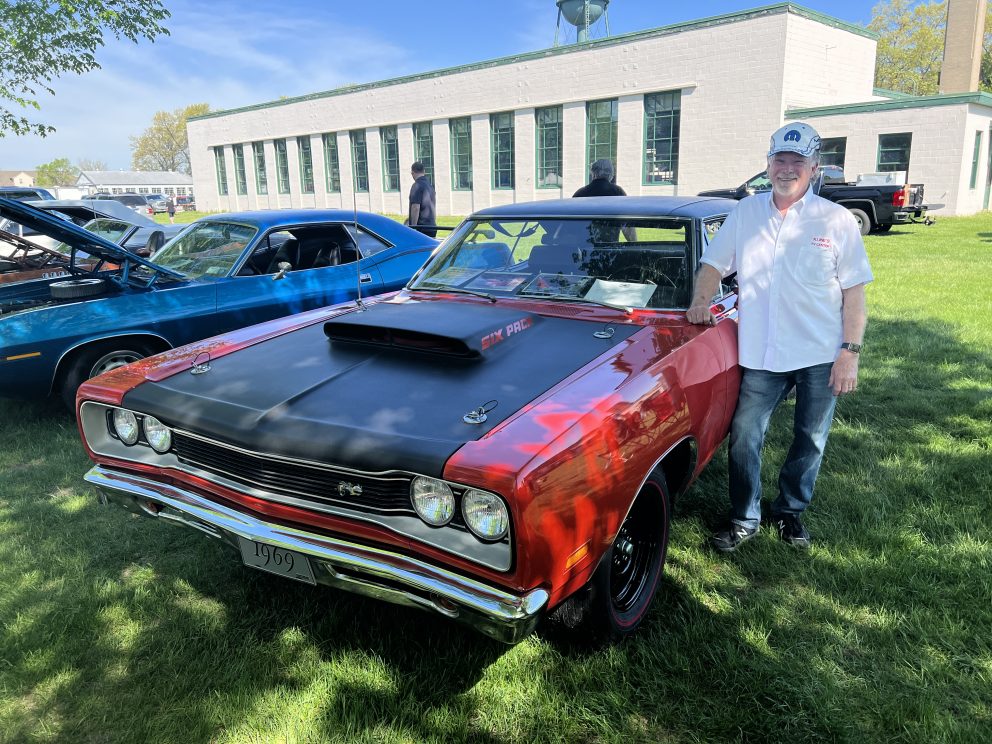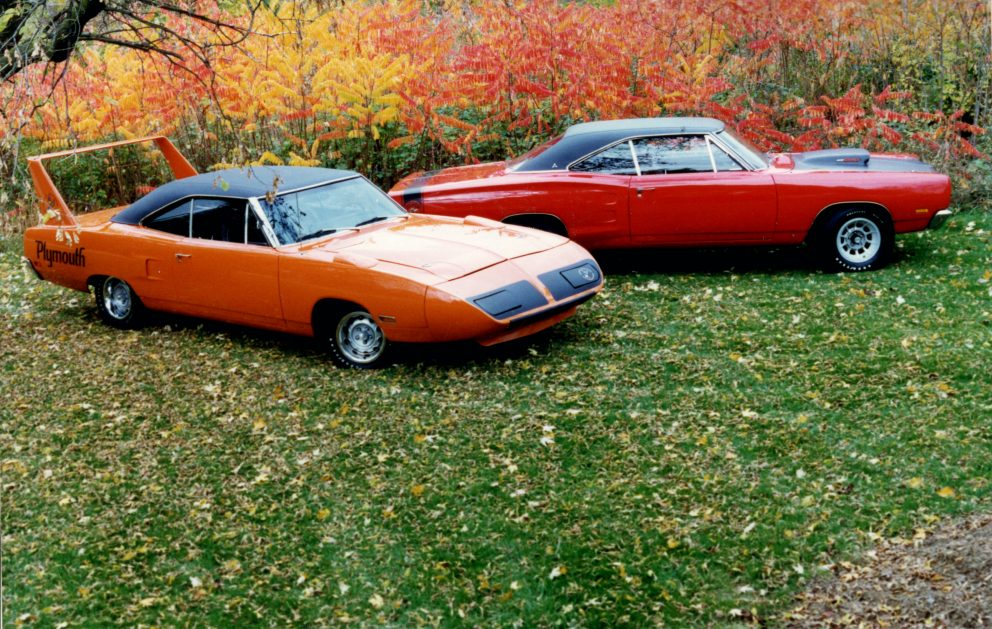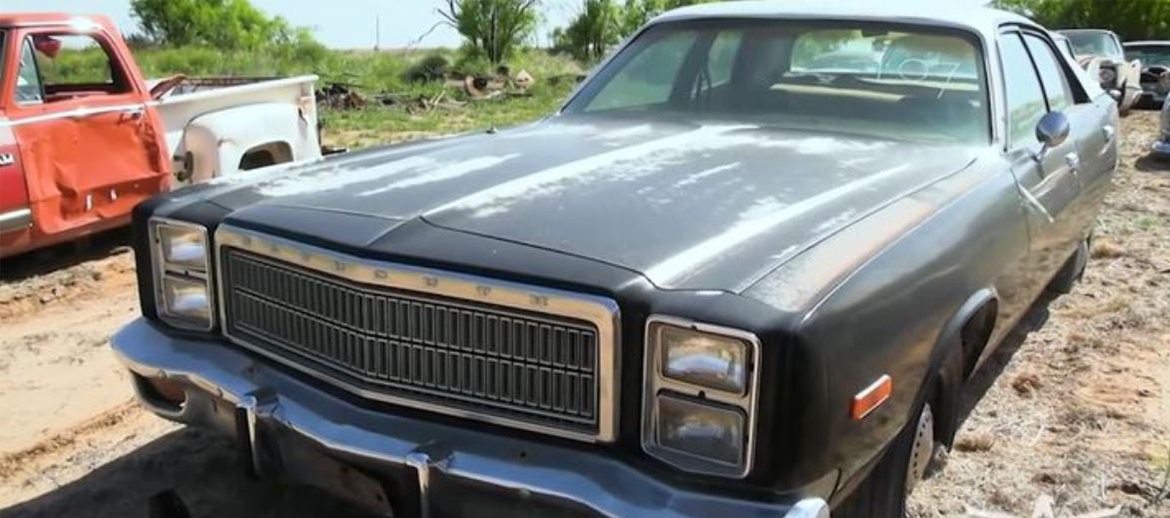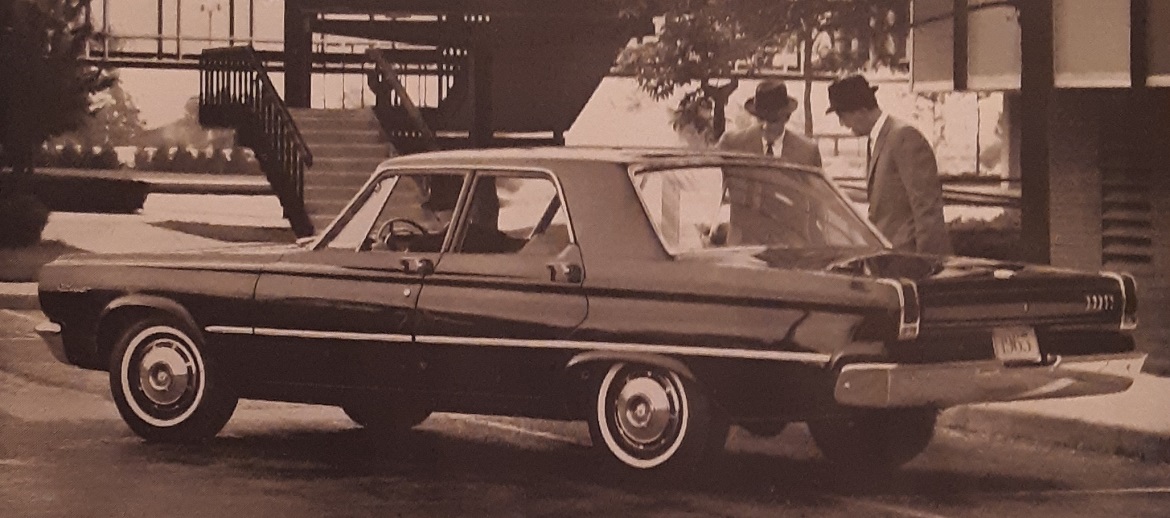Six Pack Survivor
3 years ago Gallery Owners + Clubs
“Just how did this car survive 50 years of abuse and still have original paint and look this good?” commented the older gentleman to his buddy as they walked past the R4 Bright Red (that looks more like orange) 1969 Dodge Six Pack Super Bee nestled among the trees on the lawn at the old Packard Proving Grounds. It was the annual North Oakland Mopar® Muscle Car Show and Swap Meet, and there was no shortage of rare and iconic cars from Chrysler’s illustrious history of building fast and affordable machines for mass consumption. While other show attendees casually walked past the Super Bee, enthusiasts that know what a gem this is swarmed around the vehicle checking out this living example that epitomized Dodge’s commitment to producing over-the-top machines exceeding their owner’s expectations when they planted their right foot hard on the accelerator pedal. There were even a few folks documenting things on the Super Bee like the placement of underhood emission decals, factory paint overspray, the layout and spacing of the Bumble Bee stripe, and other nuances one looks for on a car that’s never been restored or hacked to death by prior owners. It was like an ancient relic that was unearthed, and National Geographic was on the scene with an army of archeologists. While not as significant as discovering an ancient Roman palace or a woolly mammoth, the 1969 Six Pack Super Bee is still a rare piece that represented the high-water mark in Detroit’s muscle car wars. Some did survive, but many became extinct over the years.
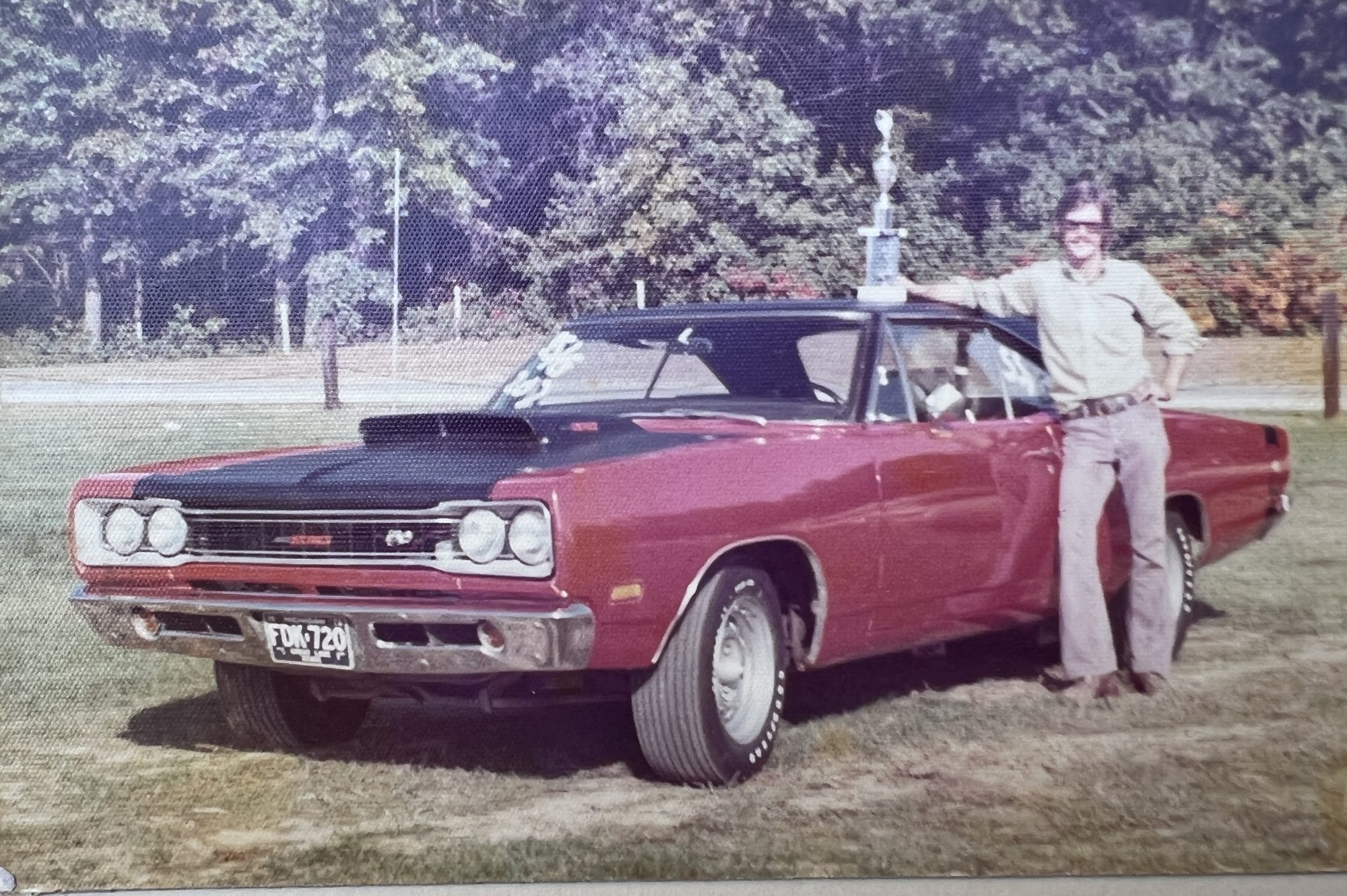
Dennis Kline and his Super Bee go back almost half a century to when he was a young university student majoring in Industrial Design. “When I graduated from Michigan State University in 1973, my dad rewarded my hard work with my choice of $1,000 cash or a repossessed Dodge Super Bee that he had purchased from the Chrysler Centerline Credit Union that he had tucked away in the garage. I took the Super Bee,” smiled Dennis. “I went to work at the Chrysler styling studio in Highland Park just as the fuel crisis hit and muscle car insurance surcharges went through the roof. I could see that the era was over and that I had arrived a little late to the party, so I decided I would hang on to this special Super Bee. Muscle car owners were panicking that gas could go up to as high as a dollar! Overnight, hot cars became dirt cheap, and I started buying and selling Mopars as a side gig that I absolutely loved.”
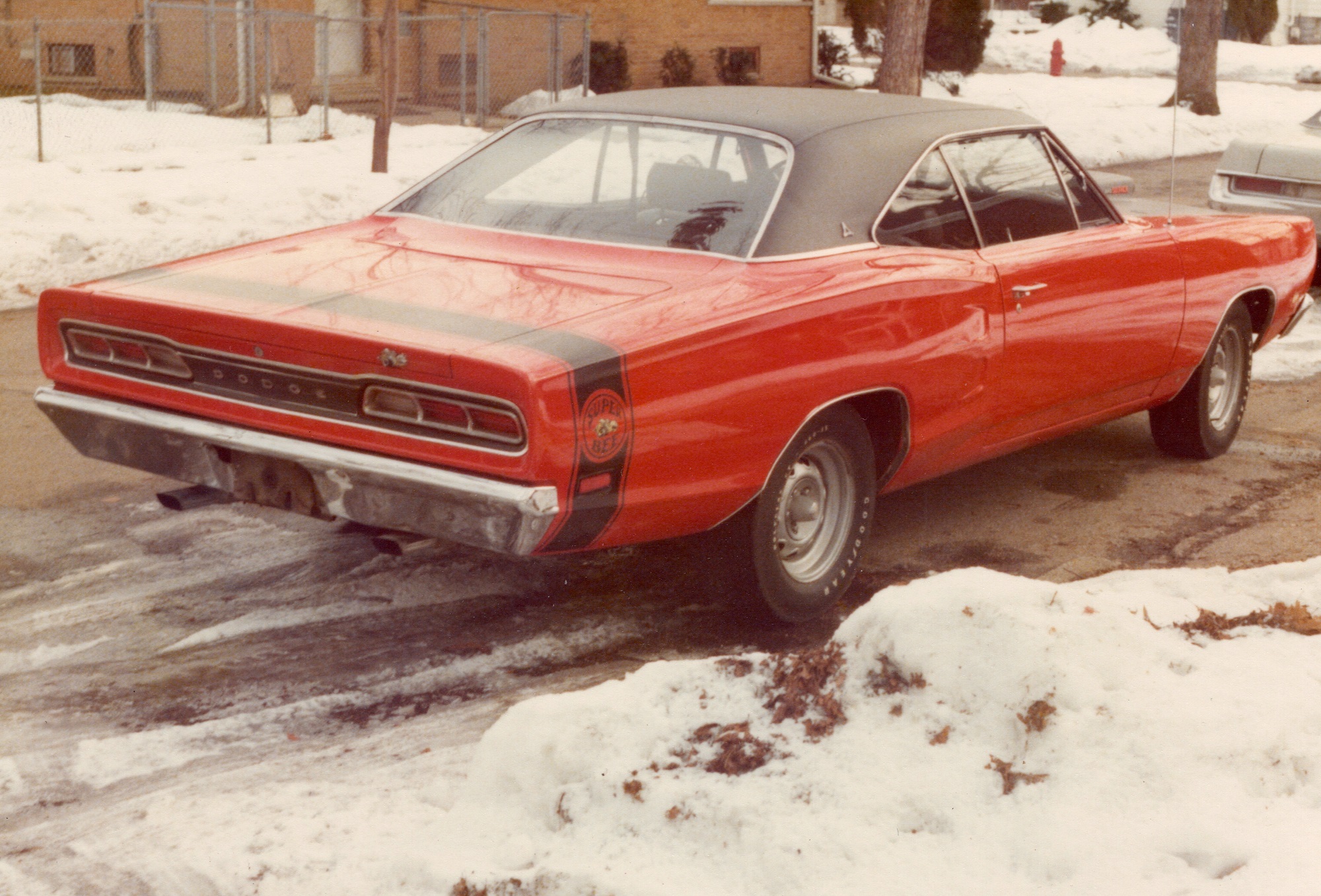
Even though the Super Bee was just a few years old when Dennis became its new owner, it had already had a hard life racing around the mean streets of Detroit. “When I took possession of the Super Bee from my dad in 1973, it already had headers, a hotter cam, traction bars and terrible progressive linkage on the three Holley carbs. So, off I went to the strip with it to see how fast the car would run. The Super Bee was brutal on the street and the car’s crazy driving manners and throttle response was either off or on, nothing in between,” noted Dennis. “So, I started reversing the modifications the previous owner had made, and the car began to run quicker and quicker. I loved driving it, and when I’d get gas, I’d ask the station attendants to check the oil as they would scratch their heads looking for a hood latch. Since all 1969 Six Pack Super Bees came from the factory with a lift-off fiberglass hood held on by four hood pins, these guys would always be confused, but they thought the fiberglass hood was very cool.”
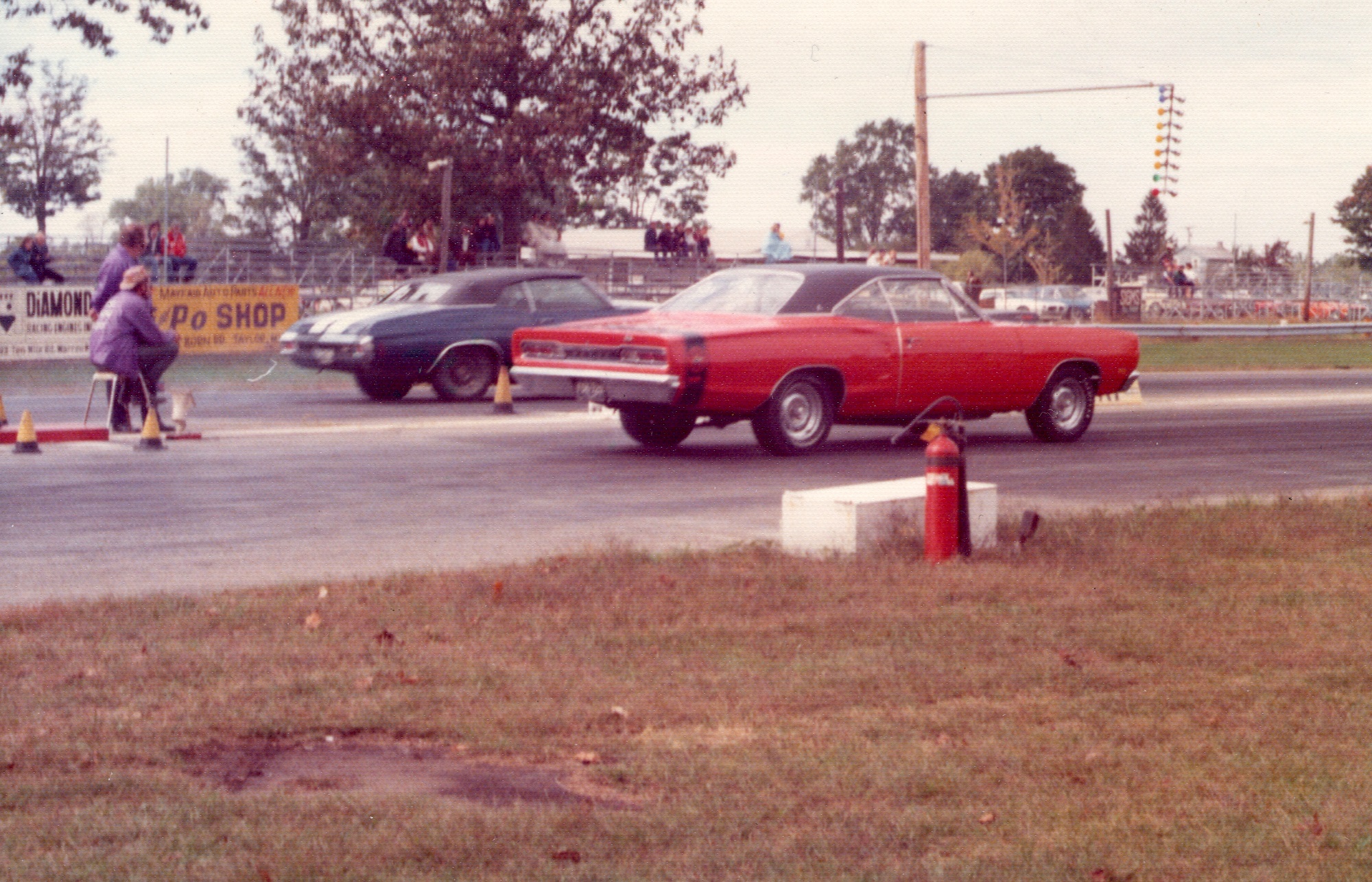
Since Dennis was raised in the Detroit area and his father owned a trucking company that was contracted by Chrysler, he was a “Mopar Guy” way before the Super Bee came into his life. “During my junior year at Michigan State University, I bought a 1968 Plymouth Road Runner, and I was hooked on Mopars. I did a bit of bracket racing at Milan and Tri-City Dragway, but a whole lot of street racing as well,” reminisced Dennis. But how his Six Pack Super Bee survived the ravages of time is another tale. Dennis, like many muscle car owners of the era, was not easy on his hopped-up machines. “Unfortunately, I was not as kind to the drivetrain as I was to the body. The car seemed to attract invitations to race, and I often obliged. The 4:10 gears were ok for zero-to-sixty type sprints from a stoplight, but things got pretty limited at expressway speeds,” said Dennis. “Very late one night on Interstate I-96 while returning from my own bachelor party, a white Corvette blew right by me like I was sitting still. I decided that he must not have a clue who he was messing with and commenced to put the pedal flat on the floor and chase him down. I was used to 3.23 rear gears in my old Road Runner which had a terrific top end, but the 4.10s caused the Bee to start nosing over at about 105. I let off the gas and stomped the accelerator again and there was a ‘kaboom’ followed only by silence. I had blown up the 440!”
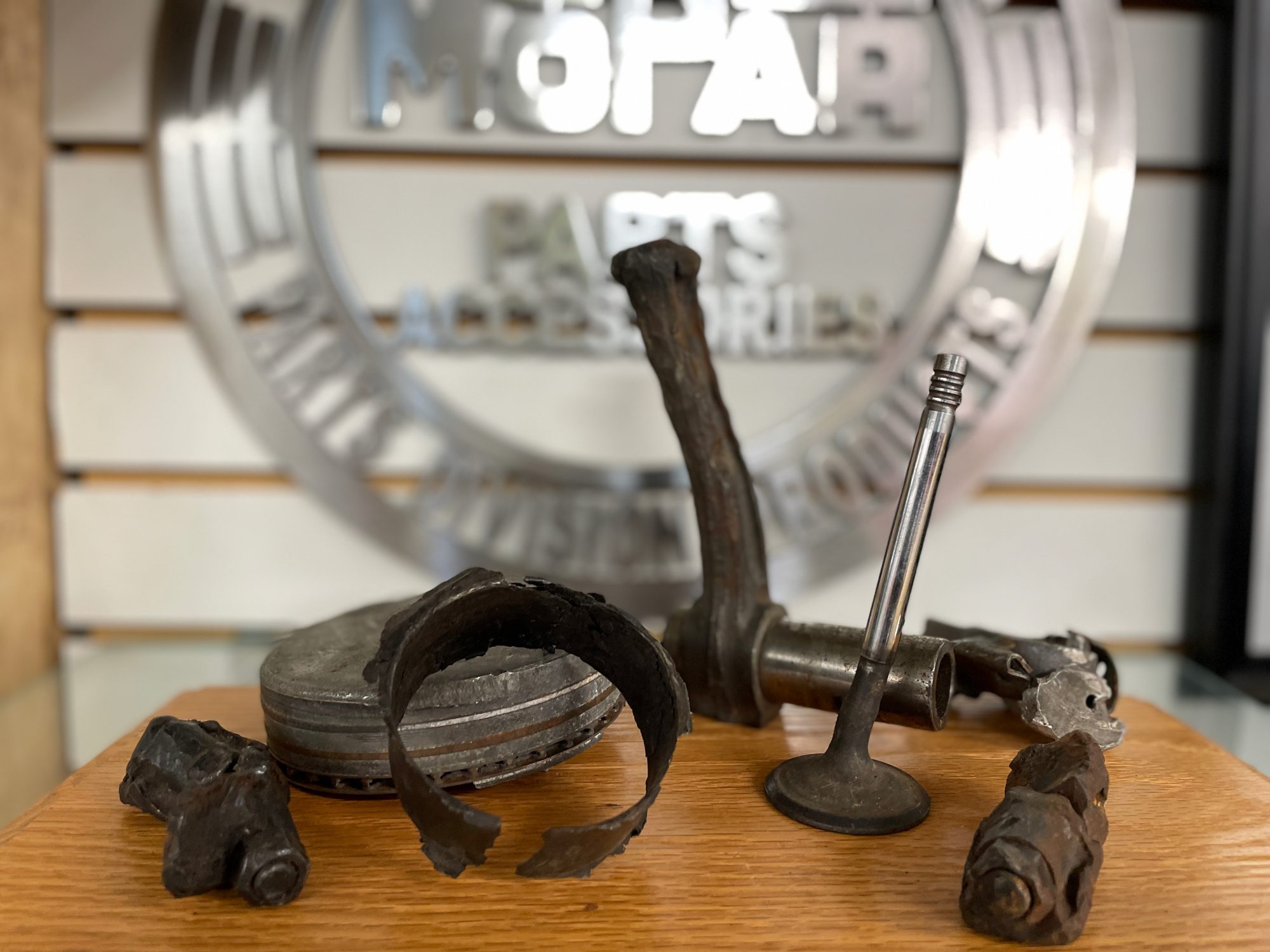
Too embarrassed to tell his dad the real truth, Dennis had to be creative and fabricate a story that would exonerate him from the intentional abuse the Super Bee suffered at his hands. “I ended up telling my dad that I’d just been driving along, and the motor quit. As he helped me tear down the 440 a few weeks later, it was quickly evident that something wasn’t kosher with my story,” laughed Dennis. “When we pulled the cylinder head, there was a valve bent sideways and a badly damaged piston. Dad took a mallet and tapped the piston and it fell into the pan. Even the cylinder wall was severely damaged, and bits of cast iron and aluminum fell everywhere and ended up in the oil pan. My dad looked at me and simply said, ‘Tell me that story again about how you were just driving along, and your engine quit.’”
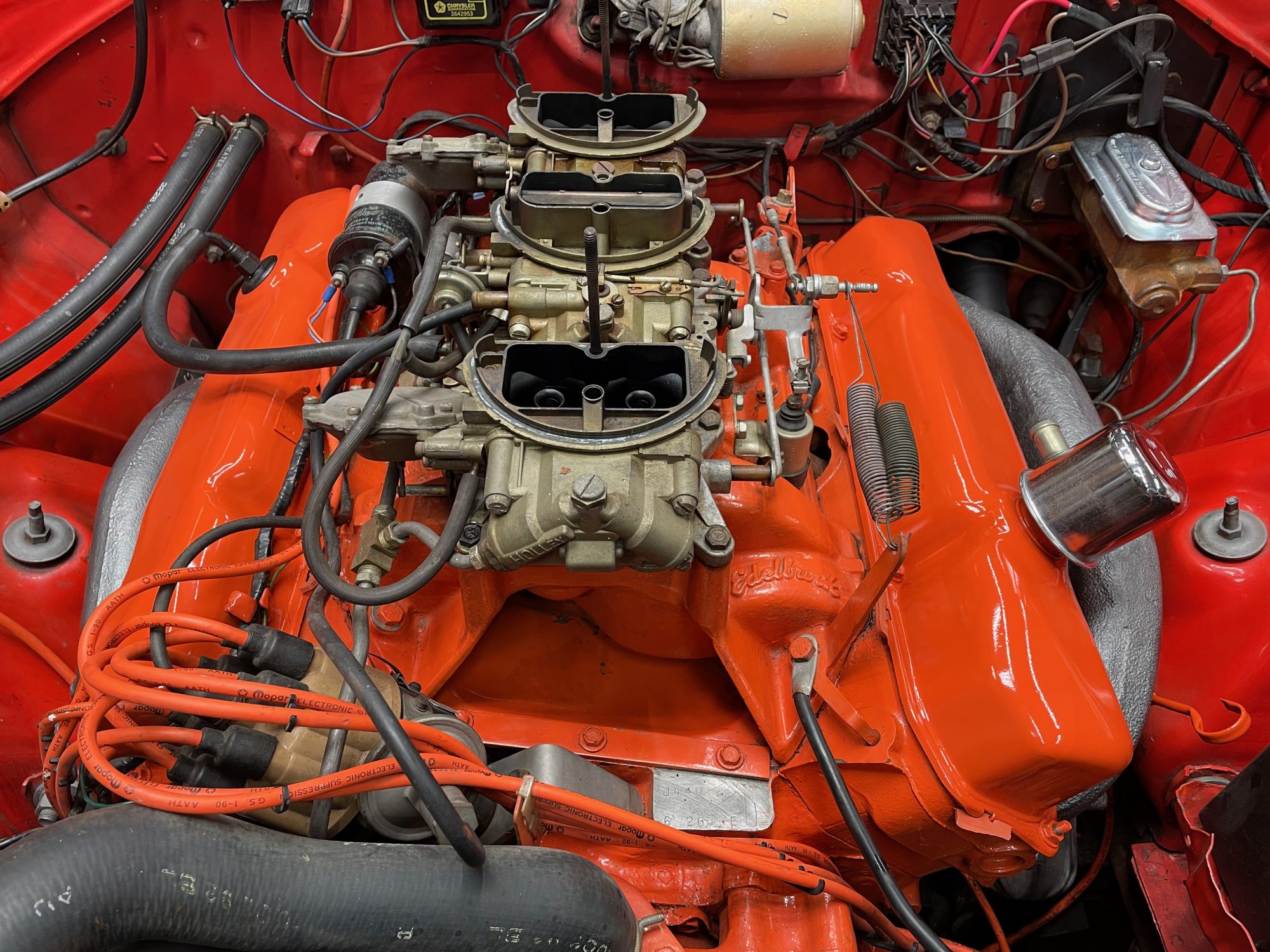
This incident would be a life-changing moment for Dennis as he decided to make up for the shame for abusing his dad’s generous gift with an obvious lie. As he told us, “I made a commitment to take care of this rare Six Pack Super Bee and to keep it as perfect as I could from that day forward, and that was in 1974.” Another piece of valuable advice Dennis received also contributed to the Super Bee’s paint and bodywork being original and looking good for decades. “A fellow car nut at Chrysler admired my car and said, ‘If you want that car to last, never drive it in the winter, buy yourself a ‘salt car’ (beater) every fall and dump it each spring.” That is exactly what Dennis did and the Super Bee has been garaged every winter since he and his father have owned it.
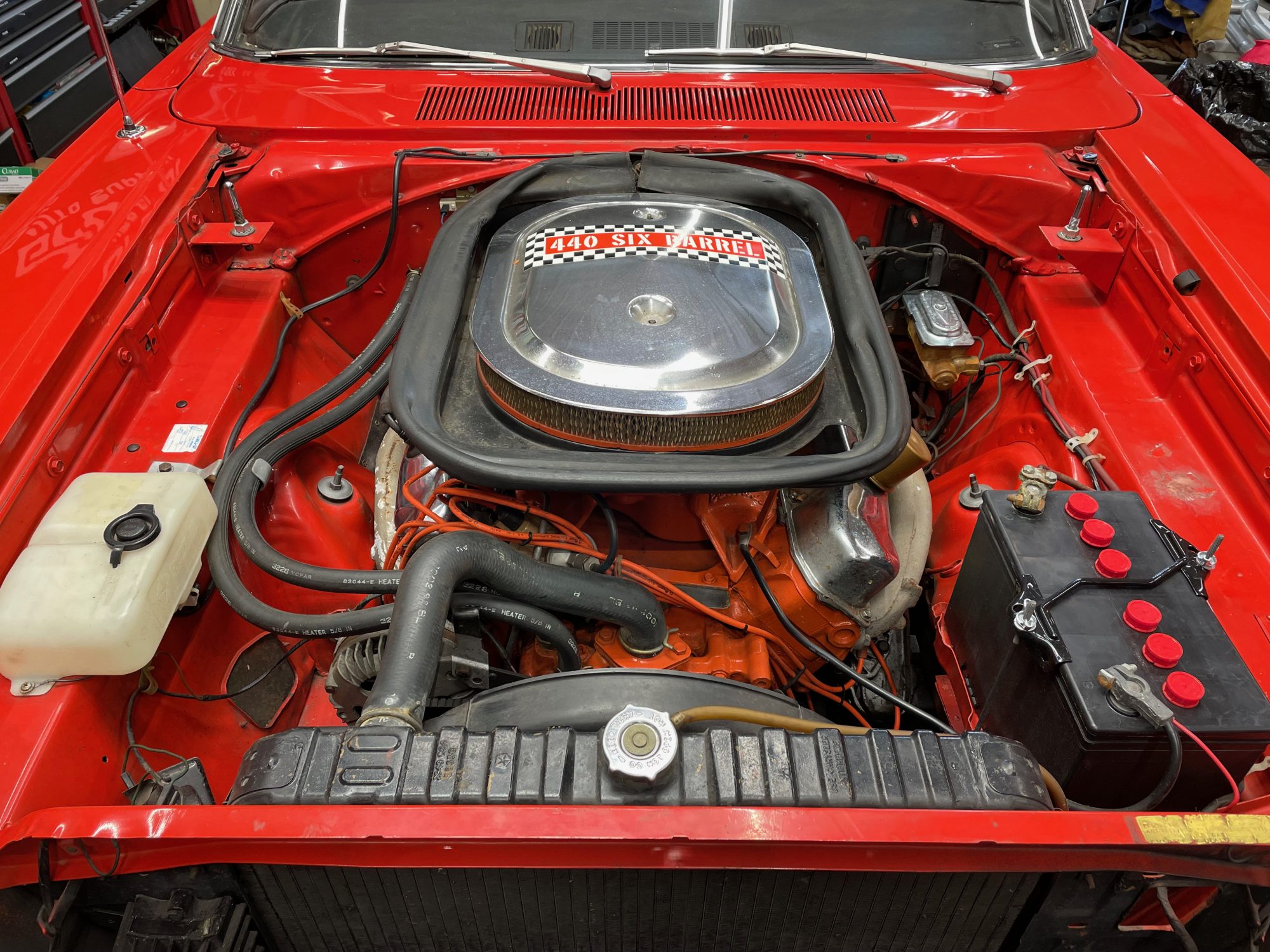
Other than the engine’s short block that was replaced in 1974, Dennis’ Six Pack Super Bee is completely original and has only racked up a paltry 37,000 miles since the car rolled off Chrysler’s Lynch Road assembly line in the spring of 1969. “The paint, vinyl roof, glass and the interior are original. I’ve touched up a few chips here and there, but that’s it. Like many of us that had these cars in the 1970s, I chromed the air cleaner, valve covers and added other minor personal touches,” noted Dennis. “I have had several different sets of wheels on it. My favorite wheels were a set of surplus American Vectors that were being thrown out of the styling storeroom and they followed me home one night.”
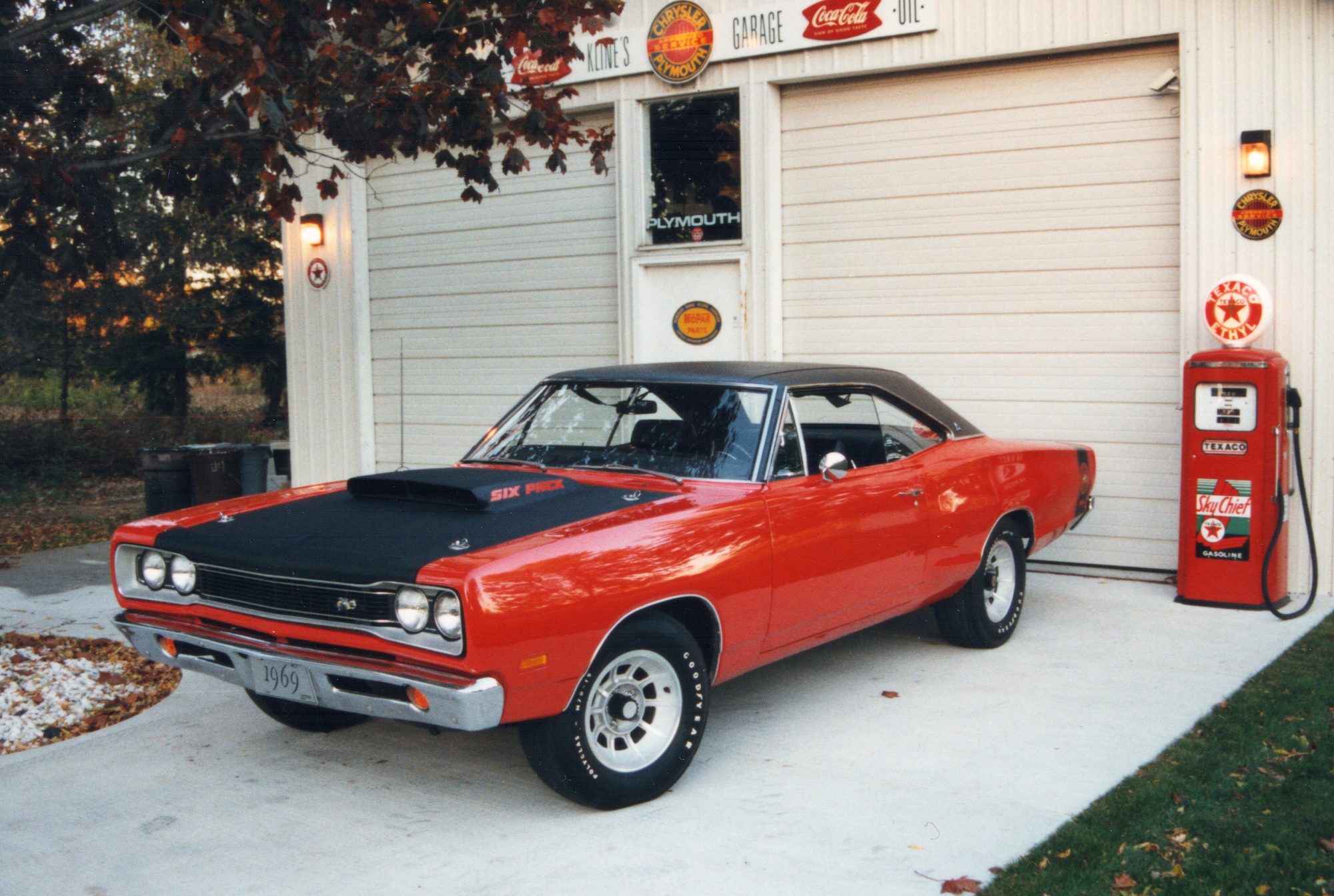
So, is Dennis’ Six Pack Super Bee a “survivor”? Despite having its original “numbers matching” 440 replaced decades ago, in our humble opinion, yes – this car is a survivor. The fact it wears all of its original paint and trim and didn’t get left out in a field or behind a garage to rot or get wrapped around a telephone pole and hauled off to a junkyard, makes it a survivor. And after five decades of ownership, Dennis brought his survivor Super Bee to last month’s North Oakland Mopar Muscle Car Show and Swap Meet for the fans to get a closer look. “I parked the car in the back of my barn sometime in the mid-1990s and started a long list of restoration projects. It seemed that show cars had to be ‘perfect’ to be appreciated by anyone. My collection grew and grew, and the Super Bee sat with a cover on it. I knew that I was never going to ‘restore’ this car and felt that not many people wanted to see my original car with its many imperfections. Then I went to Carlisle Chrysler Nationals and saw that survivors were being increasingly appreciated and it kind of motivated me to share my own survivor,” declared Dennis. The Super Bee also has an emotional connection to Dennis. His dad was a “dyed-in-the-wool” Mopar fan who attended many car shows with his son. Unfortunately, Dennis’s father died suddenly in 2021 and now he felt the time was right to bring the Super Bee back out and show some love and appreciation for his father’s gift that influenced Dennis’ life.
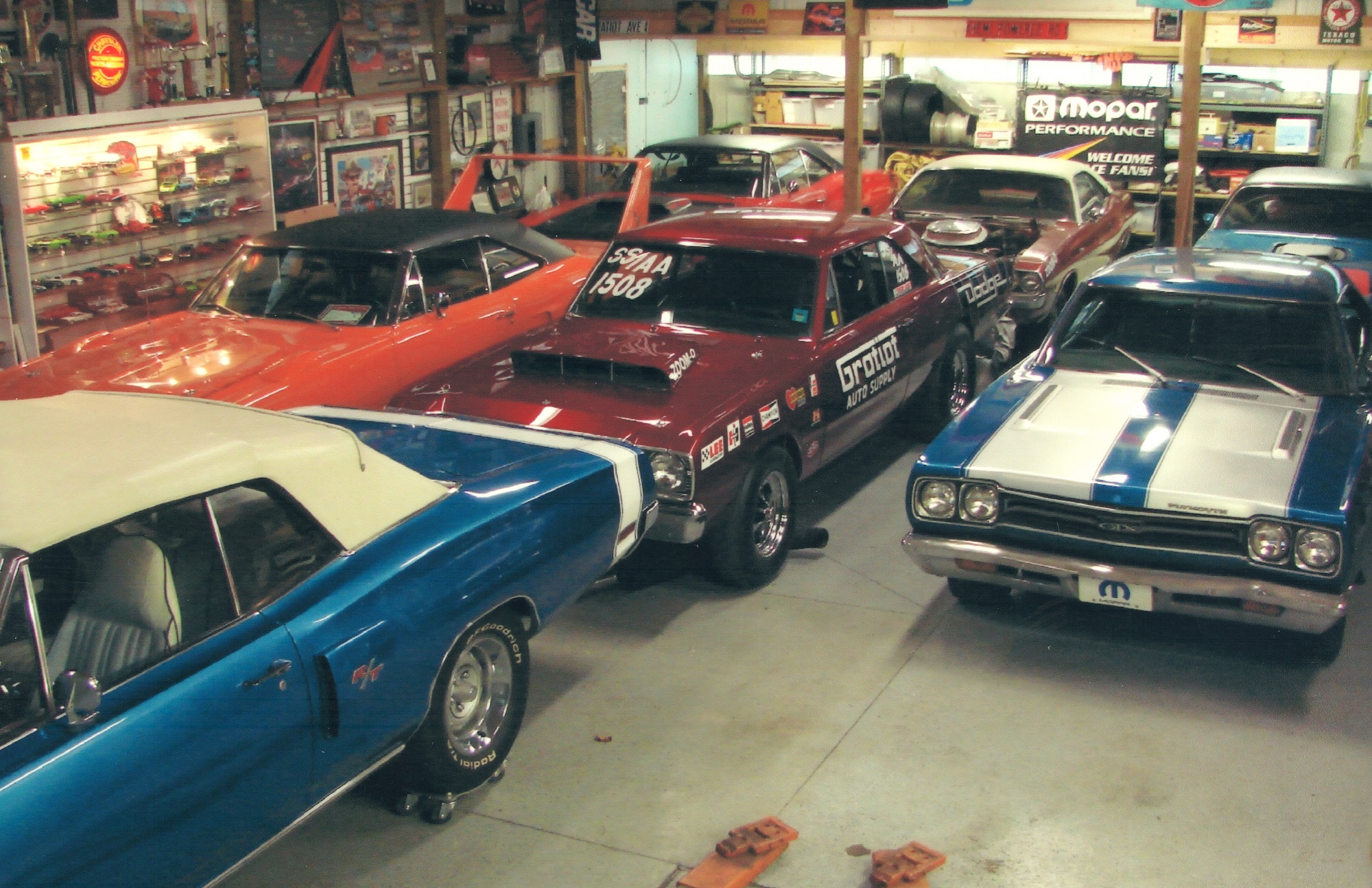
Dennis has other cool and unique Mopar vehicles to occupy his time. These include some Superbirds, Challengers, ‘Cudas, a HEMI® Dart tribute, and a host of other rare and unique cars. But when pressed as to what his favorite is of the bunch, the 1969 Six Pack Super Bee will also hold that spot. “My plans for the Super Bee are that I will drive it to a few shows each summer and continue to keep it waxed and out of the weather. One day, when I’m too old to press the clutch in and shift gears, I’ll hand the keys to my own son; hopefully he will treasure it as much or more than I did.”
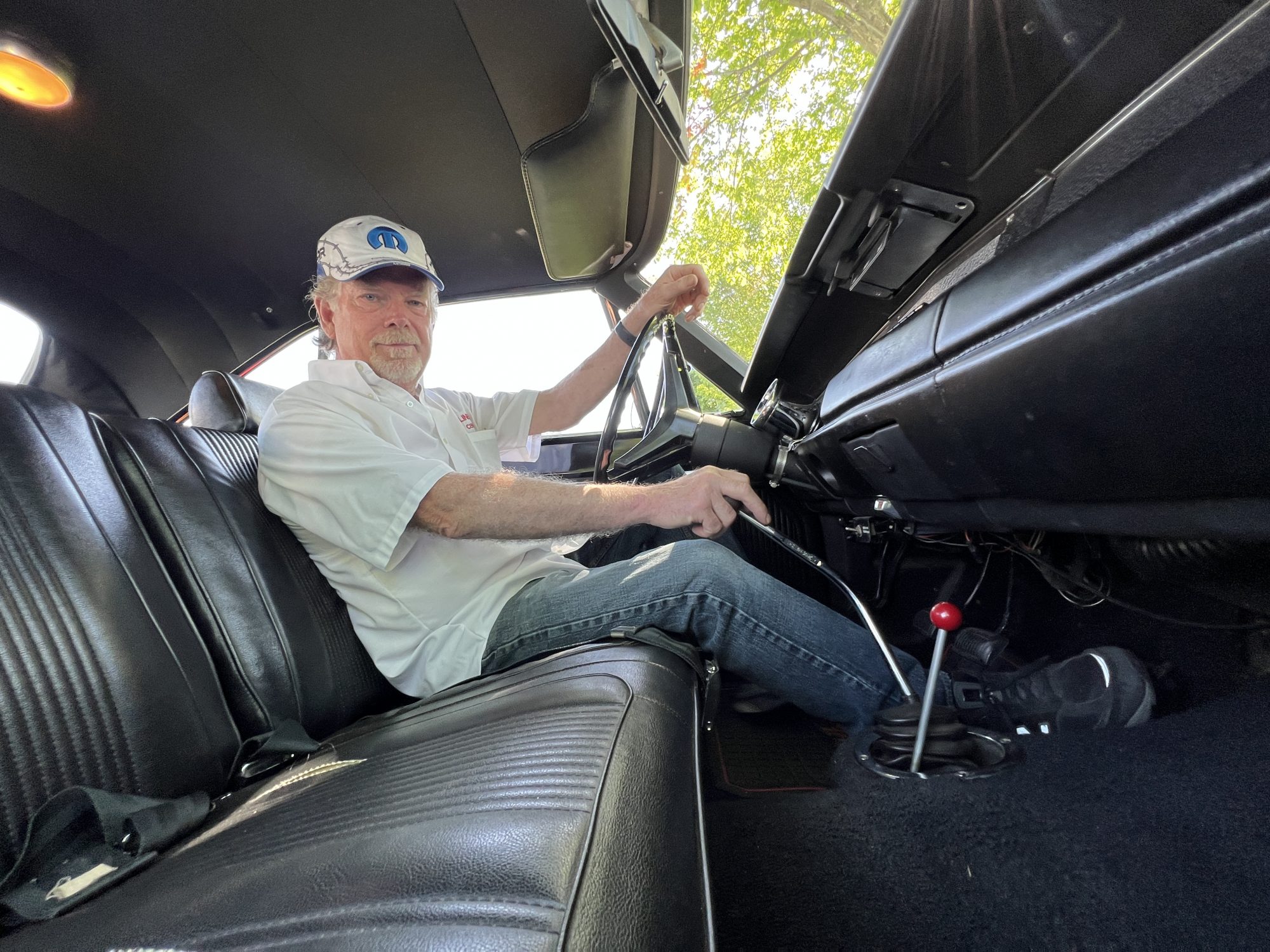
Remember, you’re only original once.
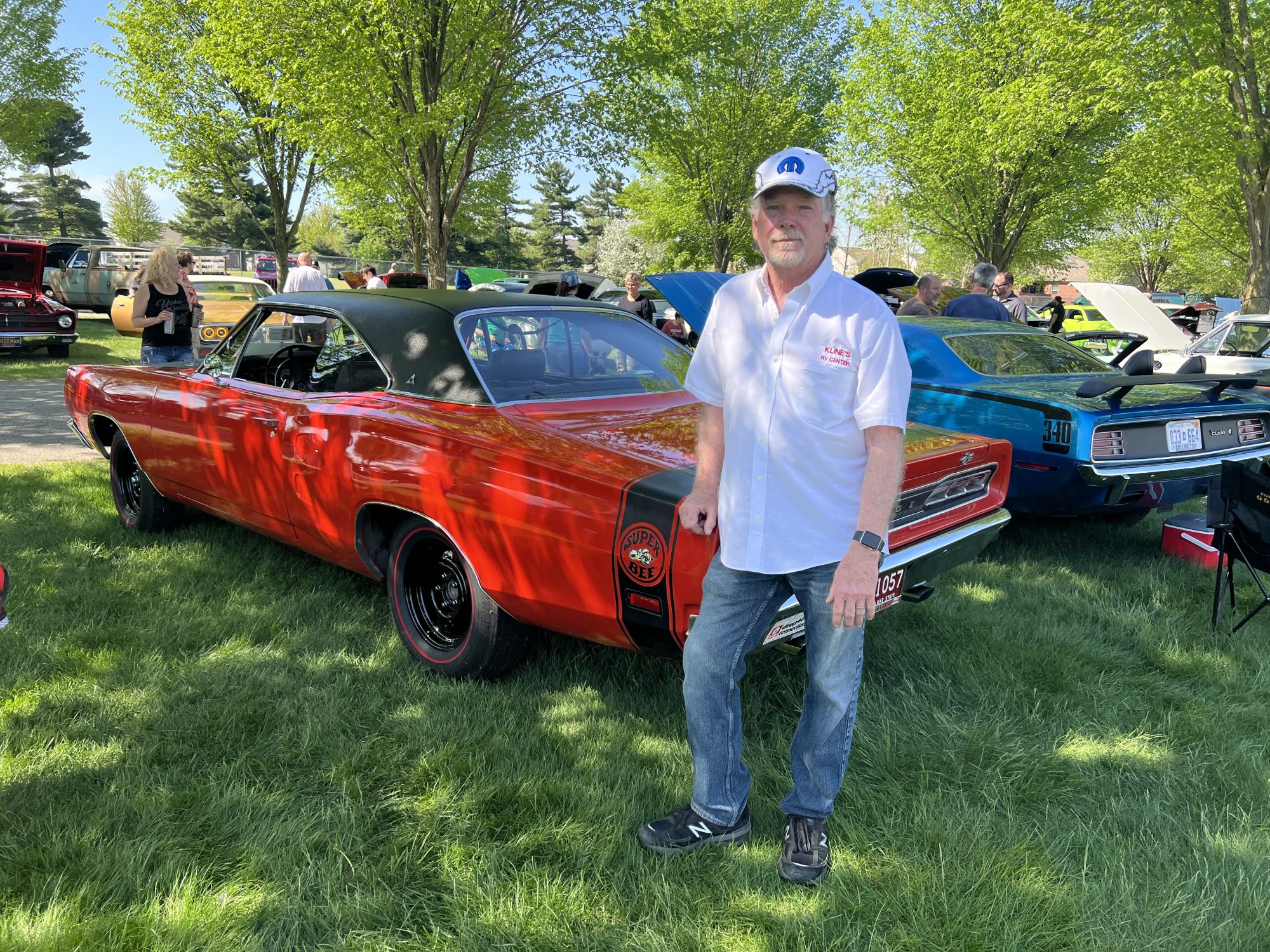
Here are more images of Dennis’ Six Pack Survivor!
